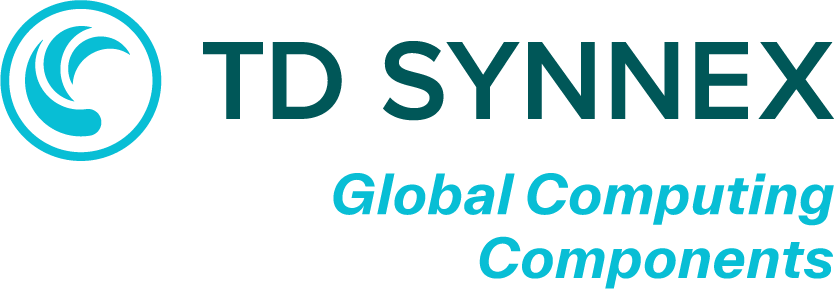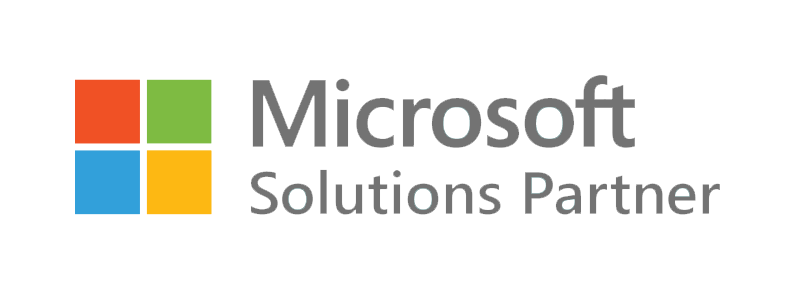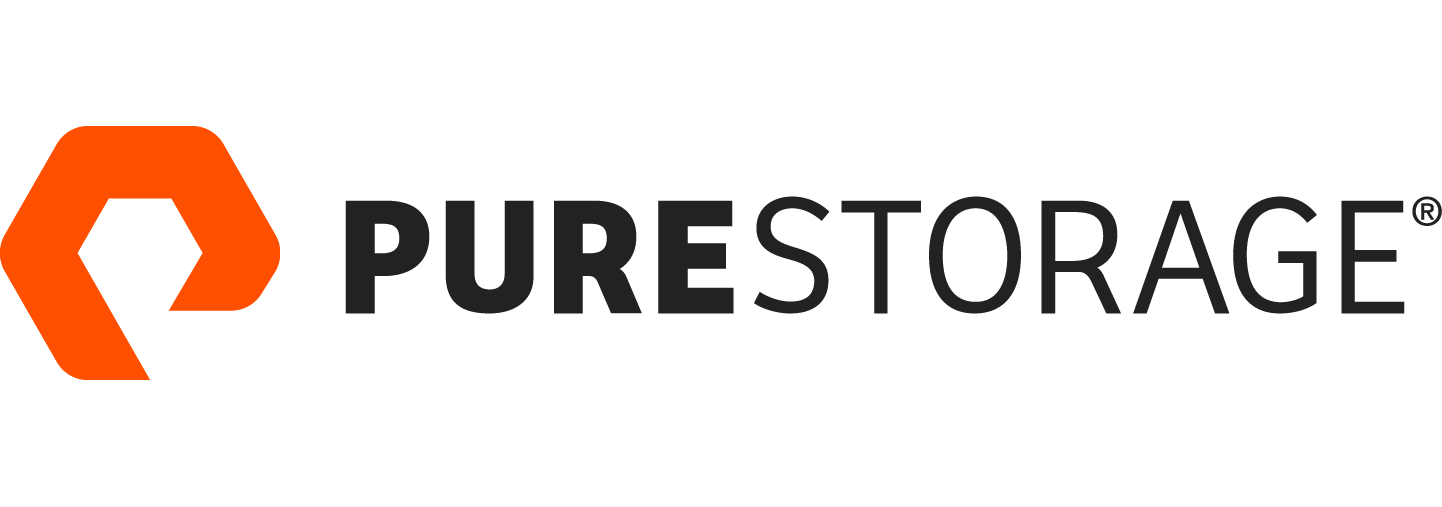The world of work has changed
There are now five generations of employees in the workplace. Millennials, in particular make up a substantial proportion of employees, and more importantly, are the first digital-natives. Their expectations of what a workplace should and could look like, are often very different to the generations that came before.
While employees used to have to adapt to their workplace, companies today are challenged to adapt to the needs of their employees and to provide mobility and flexibility.



















